|
OFF THE BEATEN PATH
VERY OFF THE BEATEN PATH
This New Year’s day one of our reporters was in Japan and filed a report that is very “Off the Beaten Path”. So in this issue we are looking at some things which were found in Japan which have to do with Scotland.
First, in a children’s book called Meet the World in Pictures illustrated by Azemi Tezuka
 Meet the World in Pictures
we find a fine example of a kilted Scot tossing a stone
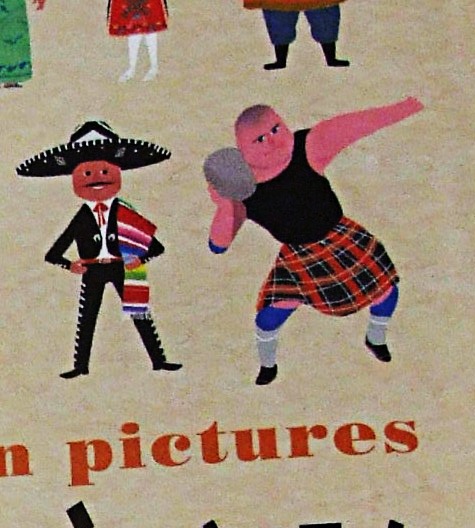 kilted Scot tossing a stone
Once inside we find pictures of people in their national dress and here were find a kilted Scot once again. This would not be strange in any part of the world, but here the label leads to confusion.
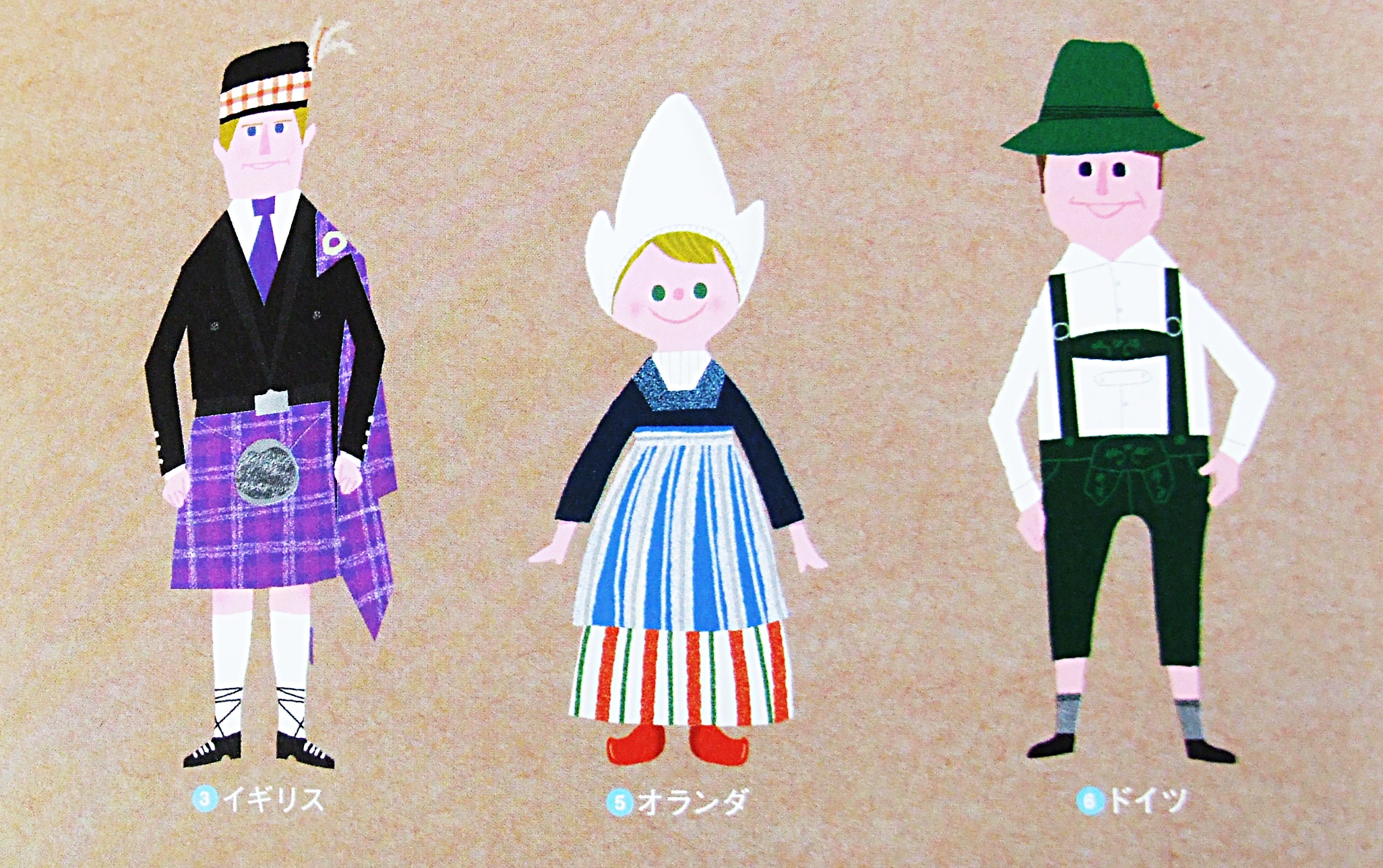 igirisu, orando, doistu
The text reads igirisu, orando doistu (English, Dutch and German)
Although for some Americans the distinction between English, Scottish and British is something of a mystery, it would be odd for an American to consider a kilt something English – Scottish or Irish, yes, but English – no. In Japan the distinctions are as unclear as zuzben and edoben would be. What are serious distinctions for insiders become irrelevancies to outsiders.
On to something different. Here is a restaurant at the corner of Highway 57 and Machida Kaidou just where Tokyo Prefecture meets Kanagawa. Apparently the fame of Sir Arthur Conan Doyle (an Edinburgh born Scot of Irish descent) and his creation Sherlock Holmes has managed to get to Japan. This restaurant features hamburgers and steak, and is open for lunch and dinner.
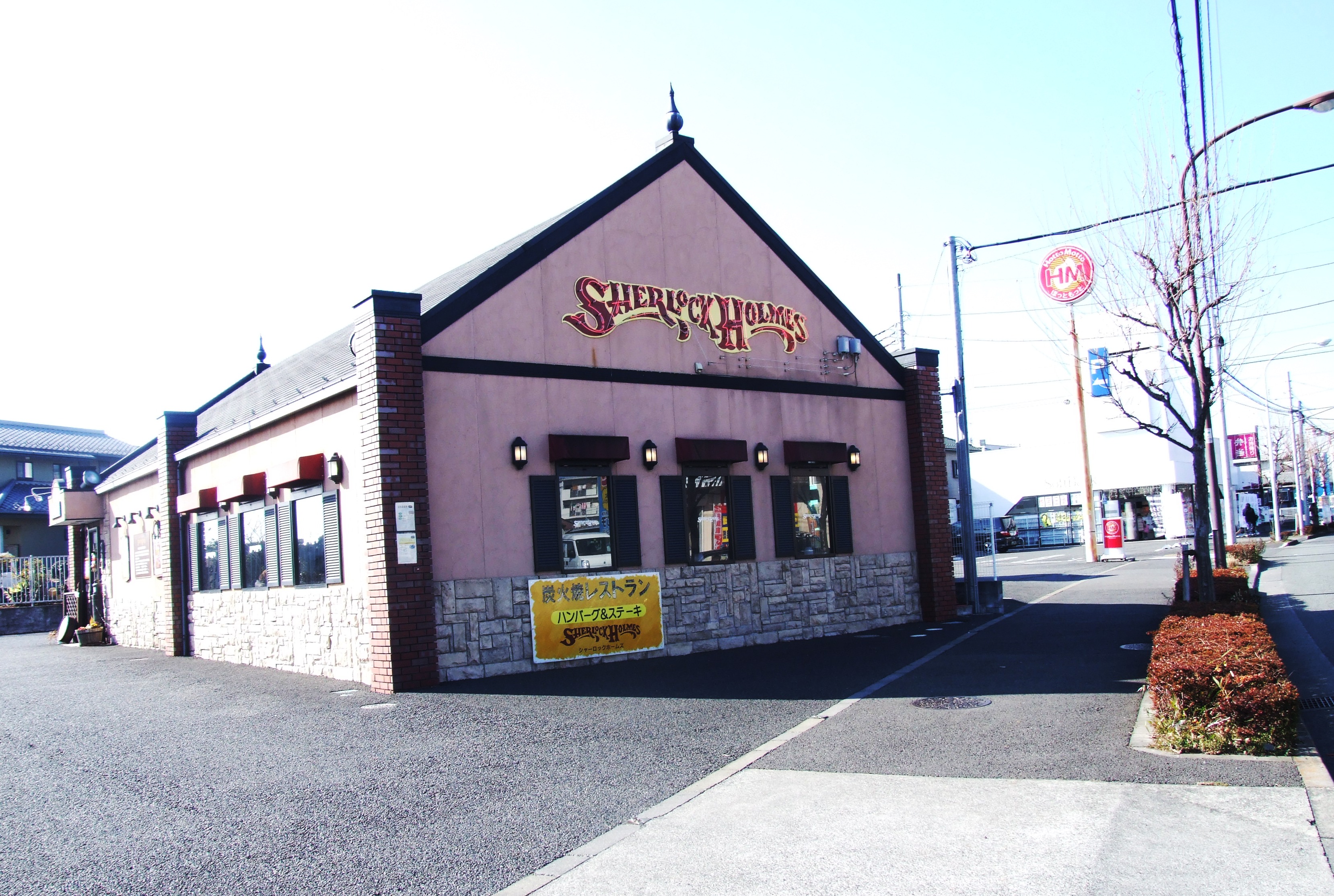 Sherlock Holmes restaurant
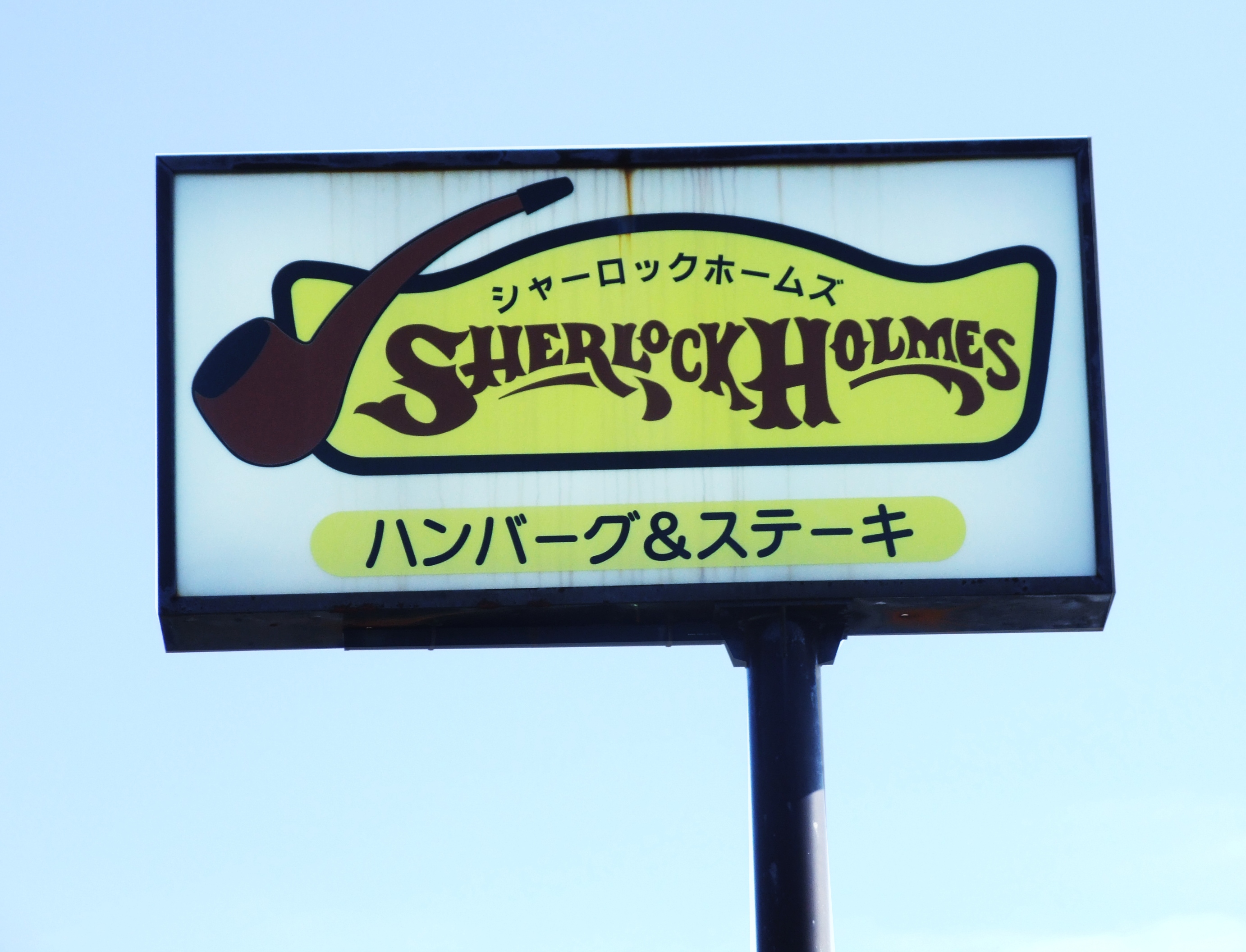 Sherlock Holmes restaurant sign The writing in Japanese reads "Shyaa ro kku omuzu" (Sherlock Holmes) above and "Hambaagu & suteeki" (Hamburger and Steak) below.
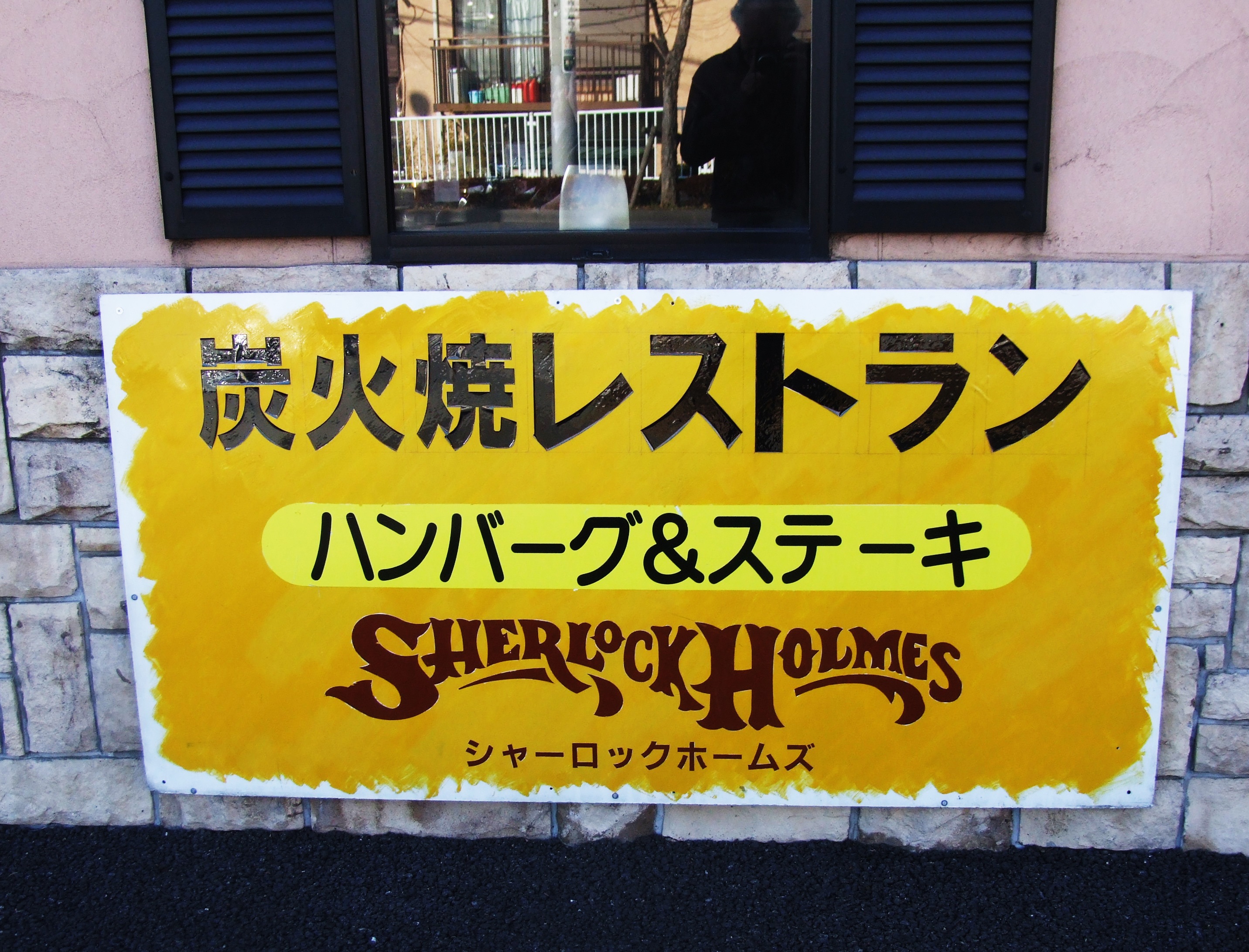 Sherlock Holmes restaurant
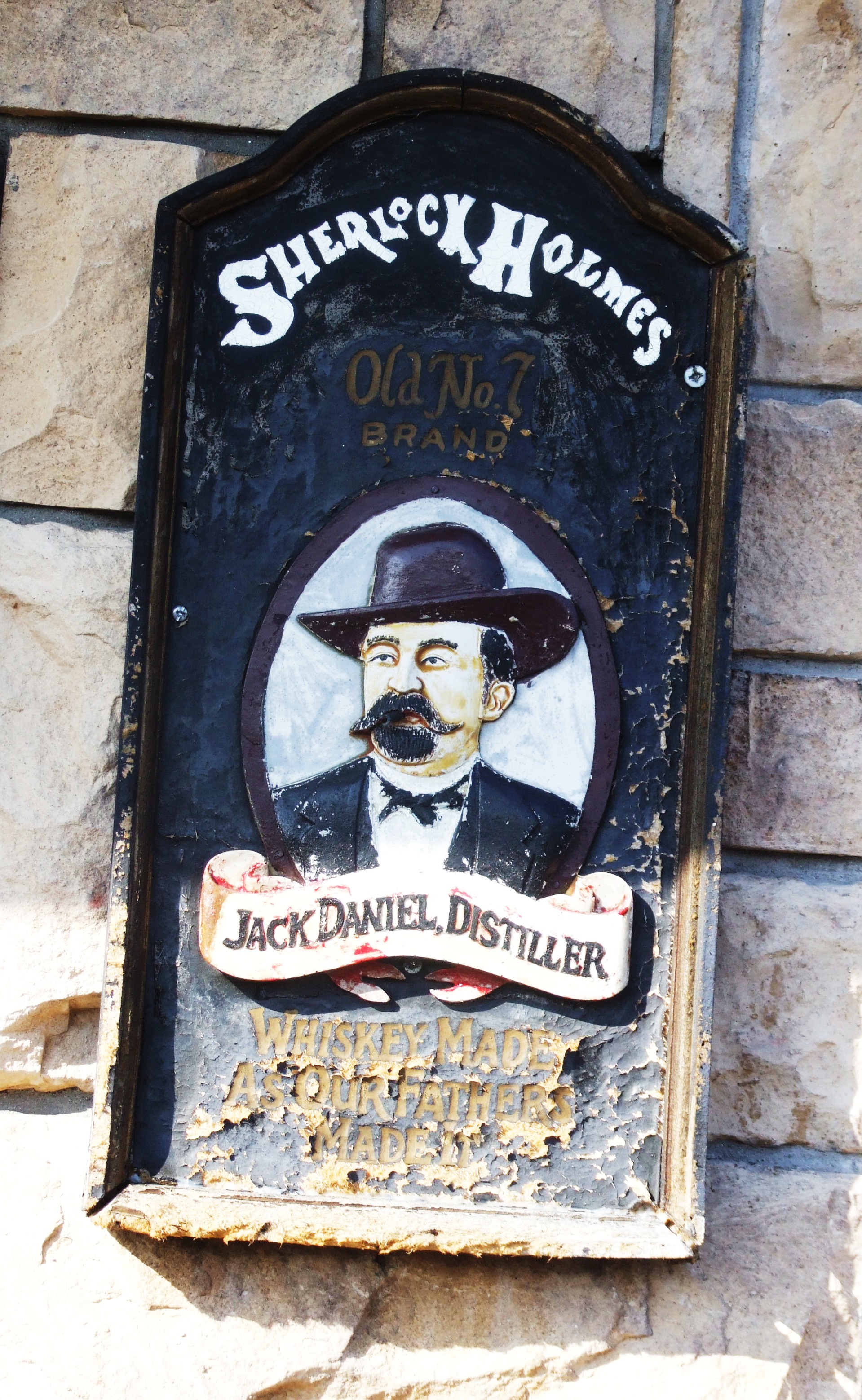 Jack Daniels Whiskey sign
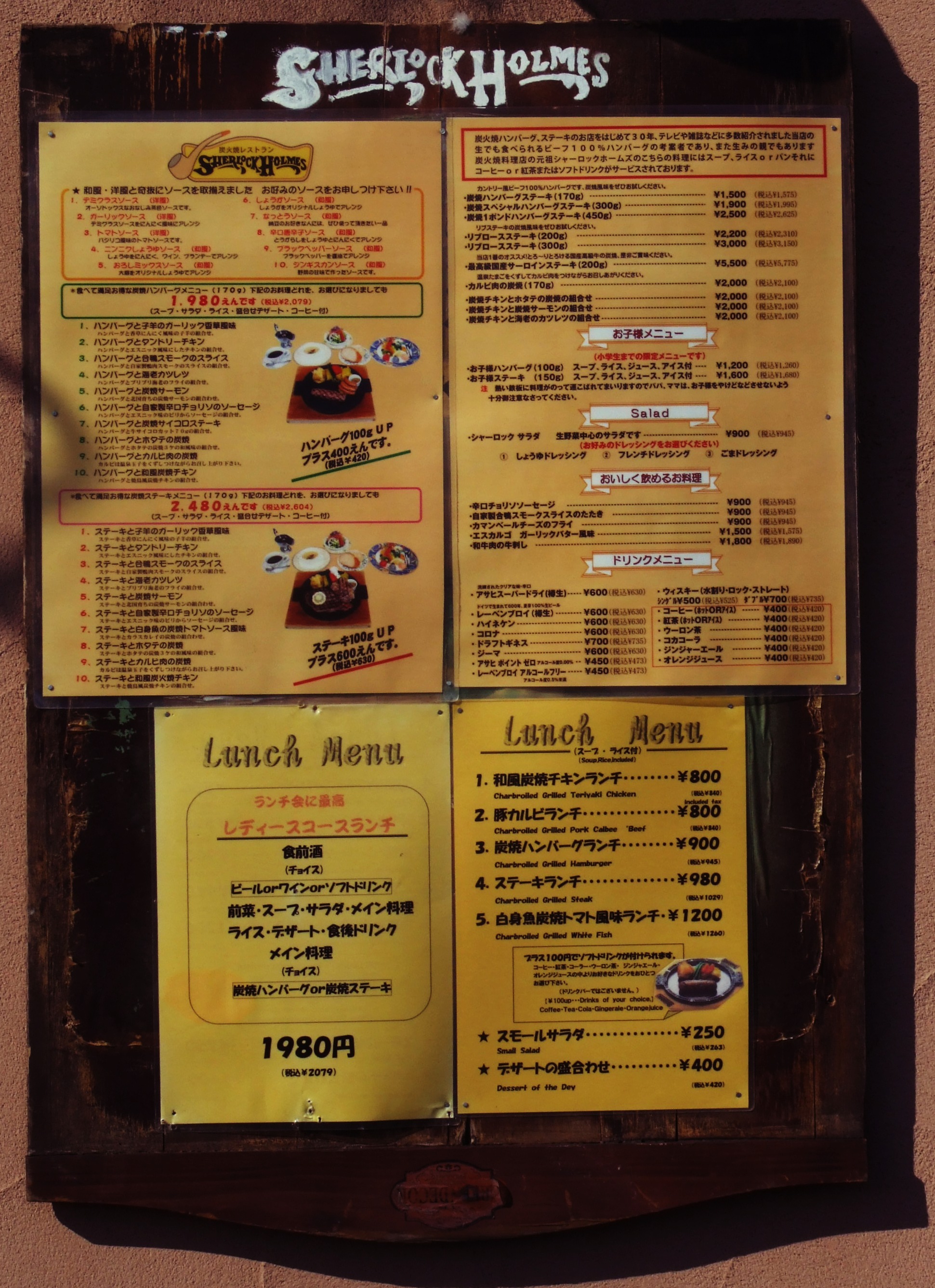 restaurant menu At the time, one yen was about .01137 cents American (a bit more than a penny) and about .00708 of a British pound
Finally it seems that Auld Lang Syne is as popular in Japan as it is in America and on New Year’s Eve people sing it. The also sing it whenever people are departing, so for example, after a long ferry ride, the passengers disembark to the strains of Auld Lang Syne.
While the melody remains the same the words are different but somehow catch the spirit, Japanese poetry tends towards imagery more and narrative less so the Japanese text is a bit complex. The words are as follows:
Hotaru no hikari, mado no yuke.
The light of the fireflies, window of snow
Fumi yomu tsukihi kasanetsutsu
Papers read, months days pile up
Itsutsuka toshi mo
How many years more
Sugi no to wo akete zo
The cedar door opens
Kesa wa kareyuku
This morning we say good-bye.
The imagery of the first two lines implies that the light of the fireflies in the summer and the reflected light from the snow through the window in the winter is what gives the light to read what are most likely letters. The feeling is one of much time past without being together. The language is not constructed clearly enough to indicate this is something which has happened or is happening or will happen, just the idea of dealing with letters through summer and winter and a questioning of how long this continues.
The cedar door opens and this morning we say “Good bye”
Here the implication is that someone is leaving and the force of the opening lines is now related to this departure.
The music here shows three lines of text. The first line is meaningless syllables like "tra la la". The second line is the one commonly sung, and has the English letters underneath the Japanese. The third line is less often heard, so is not written out or translated here. The last bar of the song is different when you sing the first two verses than the last bar when you sing the last verse. As a result, there are two syllable under the first ending "-ku" (which is the end of the the word "yuku" and "to" which is the first syllable of the word that starts the third verse.
The final verse when sung closes with a single note. Too make things simple, if you are planning to sing this in Japanese, just end with the bar labeled "2" and sing the syllable "ku" and it will work fine.
PAGE TWO TABLE OF CONTENTS
PAGE FOUR
|